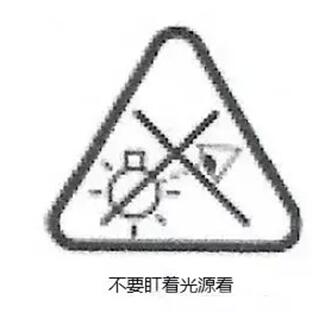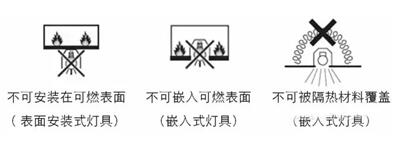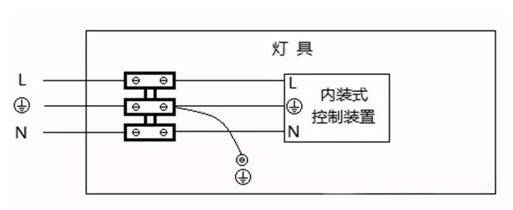One of the markedly visible changes to China’s latest lighting standard GB7000.1-2015, which addresses luminaires general test requirements, is the introduction of blue-light hazard regulations, stated the Machinery and Electrical Products Testing Center under Shanghai’s Entry-Exit Inspection and Quarantine Bureau.
The new lighting standard that was issued in Dec. 31, 2015, will become effective on Jan. 1 ,2017, has made four significant changes from the current standard GB7000.2007.
To start off it has introduced blue-light hazard regulation. Blue-light hazard assessments of integrated LEDs and LED modules in luminaires must meet IEC/TR 62778 requirements.Mobile luminaires for children and nightlights blue-light hazard emission levels should not exceed RG1 within a measurement distance of 200 mm.
Mobile luminaires and handheld lights blue-light emissions that exceed RG1 within a measurement distance of 200 mm should clearly label “do not stare at the light source” on a visible area on the luminaire, as seen in the image below. The label should be placed to avoid the user from directly gazing at the light source. Based on the above regulations, the label should not be placed where the LED lamp is to be installed or where light is emitted.
For fixed luminaires, if the blue-light hazard level surpasses RG1 within 200 mm, the luminaire needs to be tested to find the ideal distance where it approaches the RG1 threshold. For instance, it might need to be moved back a couple centimeters for it to reach the safety emission level of RG1. In the product manual, the manufacturer should state the distance where the luminaire reaches RG1, so it can be used as a reference by lighting designers and installers.
 |
|
The logo that warns against staring directly at the LED light source. (All images courtesy of Shanghai’s Entry-Exit Inspection and Quarantine Bureau) |
There has also been some changes in the labeling system, the new standard no longer uses the F-series label system found in GB7000.1-2015. Instead, it has been replaced with hazard symbols as seen below.
 |
|
From left to right: Logo that warns that the luminaire should not be installed on flammable surfaces, center logo warns against embedding the luminaire into a flammable surface. The logo on the right warns about covering the embedded luminaire with insulation material. |
Moreover, the Separated Extra-low Voltage (SELV) circuit regulations has been lowered. According to article 5.2.2 of the standard, when the mechanical properties and current carrying capacity is sufficient, luminaires under category III exterior cables, SELV circuits found in the luminaire, or other power circuit connections between type III luminaires maximum current should not exceed 2A. The cable’s surface area can be smaller than 0.75 mm2-1.0 mm2, but needs to be larger than 0.4 mm2.
Lastly, article 7.2.1 has added a new regulation that prohibits luminaires from using internal ground wiring. However, many luminaires on the market in China still use this type of ground wiring. For luminaires to qualify the new standard, one method is to connect an external ground wire to the luminaire’s metal case, and then connecting the internal ground wire with the exterior one, as illustrated in the figure below.
 |
|
A diagram of how the ground wiring should be installed in luminaires. |





 CN
TW
EN
CN
TW
EN








